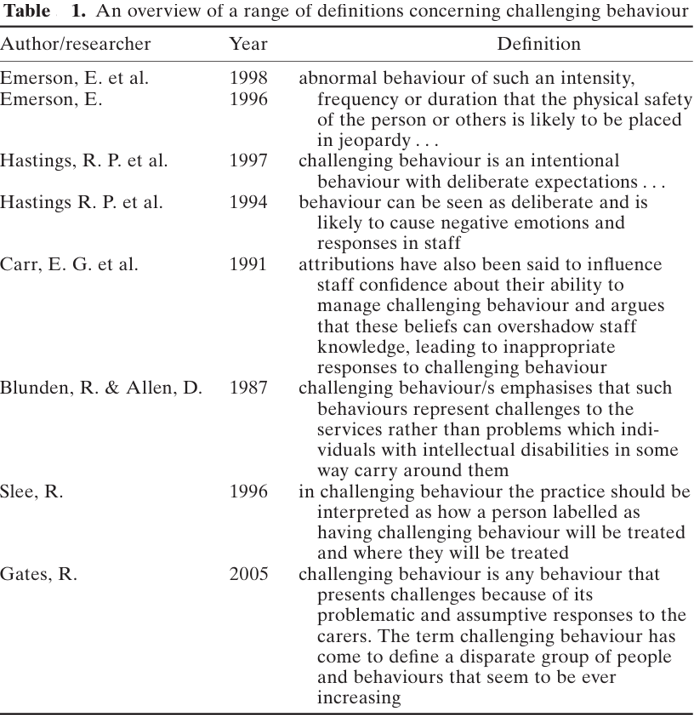

Grammar


Tenses


Present

Present Simple

Present Continuous

Present Perfect

Present Perfect Continuous


Past

Past Simple

Past Continuous

Past Perfect

Past Perfect Continuous


Future

Future Simple

Future Continuous

Future Perfect

Future Perfect Continuous


Parts Of Speech


Nouns

Countable and uncountable nouns

Verbal nouns

Singular and Plural nouns

Proper nouns

Nouns gender

Nouns definition

Concrete nouns

Abstract nouns

Common nouns

Collective nouns

Definition Of Nouns


Verbs

Stative and dynamic verbs

Finite and nonfinite verbs

To be verbs

Transitive and intransitive verbs

Auxiliary verbs

Modal verbs

Regular and irregular verbs

Action verbs


Adverbs

Relative adverbs

Interrogative adverbs

Adverbs of time

Adverbs of place

Adverbs of reason

Adverbs of quantity

Adverbs of manner

Adverbs of frequency

Adverbs of affirmation


Adjectives

Quantitative adjective

Proper adjective

Possessive adjective

Numeral adjective

Interrogative adjective

Distributive adjective

Descriptive adjective

Demonstrative adjective


Pronouns

Subject pronoun

Relative pronoun

Reflexive pronoun

Reciprocal pronoun

Possessive pronoun

Personal pronoun

Interrogative pronoun

Indefinite pronoun

Emphatic pronoun

Distributive pronoun

Demonstrative pronoun


Pre Position


Preposition by function

Time preposition

Reason preposition

Possession preposition

Place preposition

Phrases preposition

Origin preposition

Measure preposition

Direction preposition

Contrast preposition

Agent preposition


Preposition by construction

Simple preposition

Phrase preposition

Double preposition

Compound preposition


Conjunctions

Subordinating conjunction

Correlative conjunction

Coordinating conjunction

Conjunctive adverbs


Interjections

Express calling interjection


Grammar Rules

Passive and Active

Preference

Requests and offers

wishes

Be used to

Some and any

Could have done

Describing people

Giving advices

Possession

Comparative and superlative

Giving Reason

Making Suggestions

Apologizing

Forming questions

Since and for

Directions

Obligation

Adverbials

invitation

Articles

Imaginary condition

Zero conditional

First conditional

Second conditional

Third conditional

Reported speech


Linguistics

Phonetics

Phonology

Linguistics fields

Syntax

Morphology

Semantics

pragmatics

History

Writing

Grammar

Phonetics and Phonology

Semiotics


Reading Comprehension

Elementary

Intermediate

Advanced


Teaching Methods

Teaching Strategies

Assessment
DEFINING CHALLENGING BEHAVIOR
المؤلف:
COSTAS JOANNIDES
المصدر:
Caring for People with Learning Disabilities
الجزء والصفحة:
P39-C3
2025-10-07
111
DEFINING CHALLENGING BEHAVIOR
Prior to discussing any issues pertaining to challenging behavior, it is essential to refer to definitions of challenging behavior, in order to establish a framework to help carers who assist adults with challenging behavior, and to identify those who are labelled as having ‘challenging’ behaviors.
Challenging behavior, by definition, presents carers with difficult emotional and professional challenges. The term ‘challenging behavior’ has been defined as:
‘. . . culturally abnormal behavior(s) of such an intensity or duration that the physical safety of the person or others is likely to be placed in serious jeopardy, or behavior which is likely to seriously limit use of or result in the person being denied access to ordinary community facilities.’
(Emerson et al. 1988)
The Department of Health (1993) pointed out that any successful interventions rely on staff/carers having a broad knowledge base in relation to safe reactive strategies, psychological and behavioral approaches and long-term skills-teaching strategies. Skills and knowledge linked with behavior are central in managing challenging behavior and have been shown to be effecive (Lindsay 2001). It is useful to have an overview of a range of definitions; these are presented in Table 1.
Many carers refer to challenging behavior as a specific behavior or a group of behaviors which involve significant risks to people’s physical well-being, or which act to reduce access to community settings, or result in being denied access to ordinary community facilities. These may include, for example, exhibiting physical and verbal aggression and perhaps minor self-injury and stereotyping behaviors which may lead to significant levels of avoidance by members of the public. It should be noted that challenging behavior is not synonymous with mental health or psychiatric disorder, but appears to be a functional adaptive response to particular environments, people and objects, for example, rather than the manifestation of any underlying psychiatric pathological impairment. As Blunden and Allen (1987) point out, the term ‘challenging behavior’:
‘. . . emphasizes that such behavior represents challenges to services rather than problems with individuals with intellectual disabilities in some way carry around with them.’
(Blunden & Allen 1987, p. 14)

Many people are unaware of the implications of definition and therefore the label challenging behavior is often misused or misinterpreted. As Gates (1997) stated, it may well be that the term is used as a euphemism for, or an attempt to sanitize, what some regard as unacceptable behavior, implying that the ownership of such behavior therefore must reside with the individual displaying it.
In many senses, it is preferable to think about people’s behaviors in terms of the thoughts and feelings which generate them. However, ‘challenging behavior’ is the popular, universal term currently in use.
To construe a situation as a challenge rather than a problem encourages more constructive responses, although it would, of course, be mistaken to believe that minor changes in terminology are capable of bringing about major changes in practice.
The spectrum of challenging behavior as adapted from Nihira et al. (1993) is a portrayal of negative behaviors which often are used as definitions, such as:
• violence
• rebelliousness
• destructiveness
• stereotypical behavior
• unacceptable eccentric habits
• hyperactivity
• non-socially accepted behavior
• peculiar mannerisms and mimicries
• SIB (self-injurious behavior)
• untrustworthiness
• emotional/psychological disturbances.
 الاكثر قراءة في Teaching Strategies
الاكثر قراءة في Teaching Strategies
 اخر الاخبار
اخر الاخبار
اخبار العتبة العباسية المقدسة

الآخبار الصحية















 قسم الشؤون الفكرية يصدر كتاباً يوثق تاريخ السدانة في العتبة العباسية المقدسة
قسم الشؤون الفكرية يصدر كتاباً يوثق تاريخ السدانة في العتبة العباسية المقدسة "المهمة".. إصدار قصصي يوثّق القصص الفائزة في مسابقة فتوى الدفاع المقدسة للقصة القصيرة
"المهمة".. إصدار قصصي يوثّق القصص الفائزة في مسابقة فتوى الدفاع المقدسة للقصة القصيرة (نوافذ).. إصدار أدبي يوثق القصص الفائزة في مسابقة الإمام العسكري (عليه السلام)
(نوافذ).. إصدار أدبي يوثق القصص الفائزة في مسابقة الإمام العسكري (عليه السلام)


















